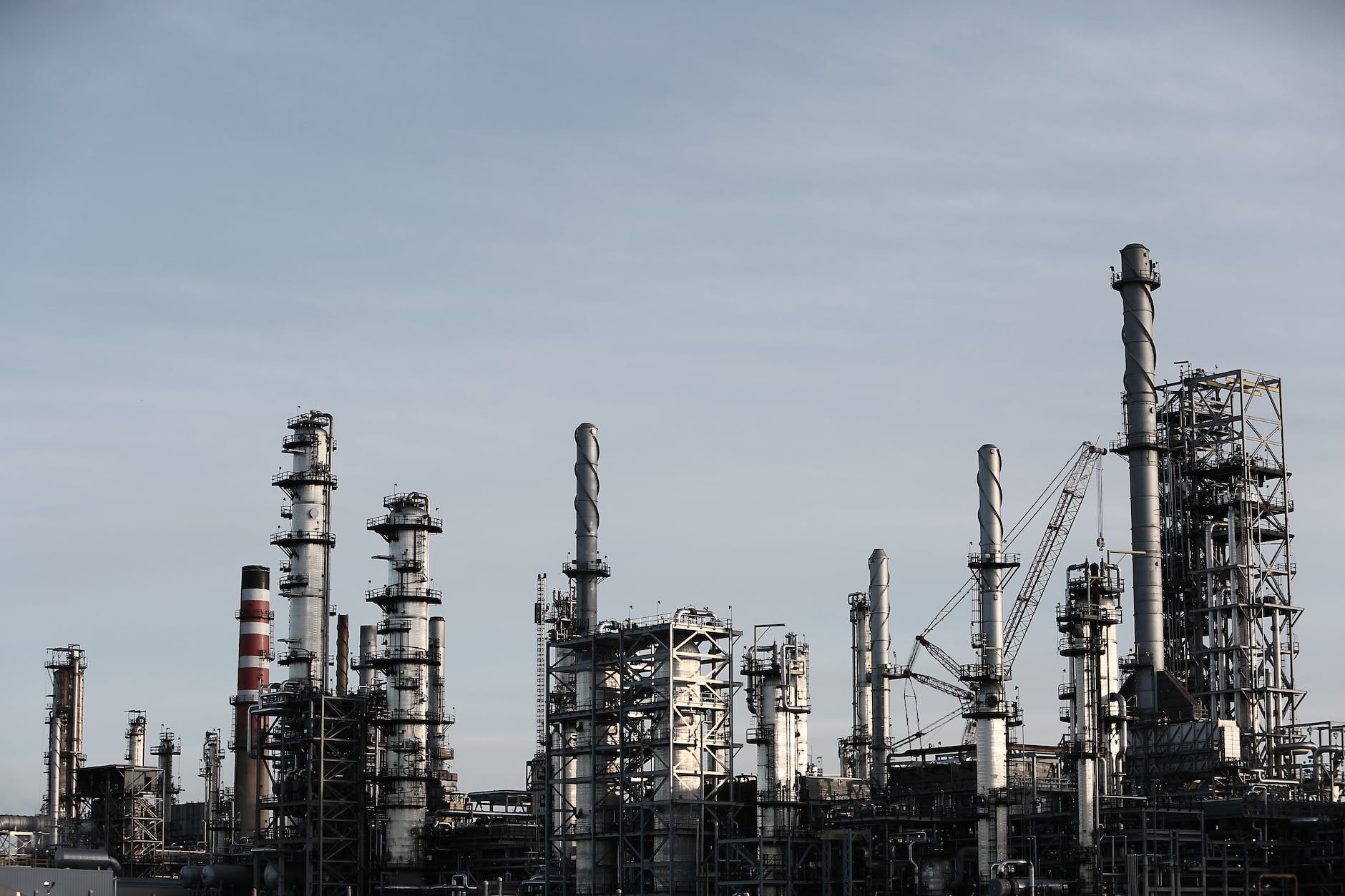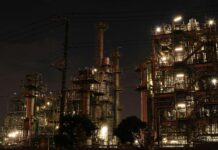
Oil and Gas Safety Standards
In the world of oil and gas extraction and production, safety stands as an unwavering priority. From towering oil rigs in the sea to expansive refineries on land, the industry recognizes the critical need for stringent safety standards to protect its workers, the environment, and the communities around these operations.
Importance of Safety in the Industry
The history of oil and gas extraction is peppered with tragic incidents that underscore the imperative for comprehensive safety measures. From the infamous Deepwater Horizon spill to numerous accidents in refineries, each event has reinforced the industry’s commitment to establishing and adhering to robust safety standards.
Key Components of Safety Standards
Regulatory bodies, such as the Occupational Safety and Health Administration (OSHA) in the United States or the Health and Safety Executive (HSE) in the UK, play pivotal roles in setting guidelines. These guidelines encompass various aspects, including operational protocols, equipment safety, and emergency response procedures.
Best practices within the industry often exceed these regulatory requirements. Companies invest in cutting-edge technology, including advanced monitoring systems, predictive analytics, and automation, to ensure the highest safety standards.
Challenges in Implementing Safety Standards
However, implementing these standards presents its challenges. Operational hurdles, compliance issues, and the human factor, encompassing behavior and attitudes toward safety, can sometimes impede the seamless execution of safety protocols.
Balancing operational efficiency with safety measures is an ongoing challenge. Additionally, ensuring compliance across a diverse workforce, each with unique experiences and perspectives, requires a nuanced approach.
Benefits of Adhering to Safety Standards
The benefits of robust safety standards are manifold. Beyond the obvious reduction in accidents and incidents, adherence to these standards fosters a culture of safety within organizations. This, in turn, enhances employee morale, productivity, and retention rates.
Moreover, stringent safety practices have a positive ripple effect on the environment, mitigating risks of environmental disasters and reducing the industry’s ecological footprint.
Global Impact and Regional Disparities
However, while strides are made in safety standards, disparities persist across different regions. Varying regulations worldwide highlight the need for a more concerted effort towards global standardization to ensure uniform safety measures regardless of geographic location.
Oil and gas safety standards encompass a wide range of regulations, protocols, and practices aimed at ensuring the safety of workers, the environment, and the public in the extraction, processing, and transportation of oil and gas. These standards are established by various regulatory bodies, industry organizations, and governments to minimize risks and hazards associated with these operations.Key aspects of oil and gas safety standards include:- Worker Safety: Regulations often require companies to provide comprehensive safety training to employees, ensuring they are aware of potential hazards and equipped to handle emergencies. Personal protective equipment (PPE) is also mandated to mitigate risks.
- Equipment and Infrastructure Safety: Regular inspection, maintenance, and compliance with specific standards for equipment and infrastructure (such as rigs, pipelines, refineries, etc.) are crucial to prevent accidents and leaks.
- Environmental Protection: Standards are in place to minimize the environmental impact of oil and gas operations, including measures to prevent oil spills, reduce emissions, and manage waste responsibly.
- Emergency Response and Contingency Planning: Companies are required to have emergency response plans in place to address incidents promptly and effectively, including protocols for communication, evacuation, and containment of spills or other accidents.
- Regulatory Compliance: Adherence to local, national, and international regulations is imperative. These standards often include specific guidelines for drilling practices, transportation safety, emissions control, and land reclamation post-extraction.
- Continuous Improvement: Safety standards are subject to updates and improvements based on technological advancements, industry learnings, and incident investigations to ensure ongoing effectiveness.
Overall, these standards are crucial for safeguarding the well-being of workers, protecting the environment, and maintaining the integrity of oil and gas operations. They require strict adherence and continuous monitoring to minimize risks inherent in this industry.Conclusion
Oil and gas safety standards are not just a regulatory necessity but a moral and ethical imperative. Striving for continuous improvement in safety measures ensures a safer work environment, preserves the environment, and maintains the industry’s sustainability.
Types of Work Permits and Certificates Used in ADNOC as per WMS
How to Become a Successful Job Performer in ADNOC
How to Become an ADNOC Approved HSE Officer
FAQs
- Are safety standards uniform across all oil and gas companies?Safety standards can vary based on regulatory requirements and individual company policies. However, many companies adopt industry best practices that often exceed minimum regulatory standards.
- How do technological advancements contribute to safety in the industry?Technological advancements, such as AI, predictive analytics, and remote monitoring, allow for proactive identification of potential hazards, thereby preventing accidents and improving overall safety.
- What role does employee training play in maintaining safety standards?Employee training is crucial in creating a safety-conscious culture. Properly trained employees are better equipped to identify risks and respond effectively in hazardous situations.
- Do safety standards only focus on preventing accidents?While accident prevention is a primary focus, safety standards also emphasize environmental protection, employee well-being, and sustainable practices within the industry.
- How can the public ensure companies adhere to safety standards?The public can engage through advocacy, supporting transparent reporting, and encouraging government oversight to ensure companies prioritize and adhere to safety standards.
























